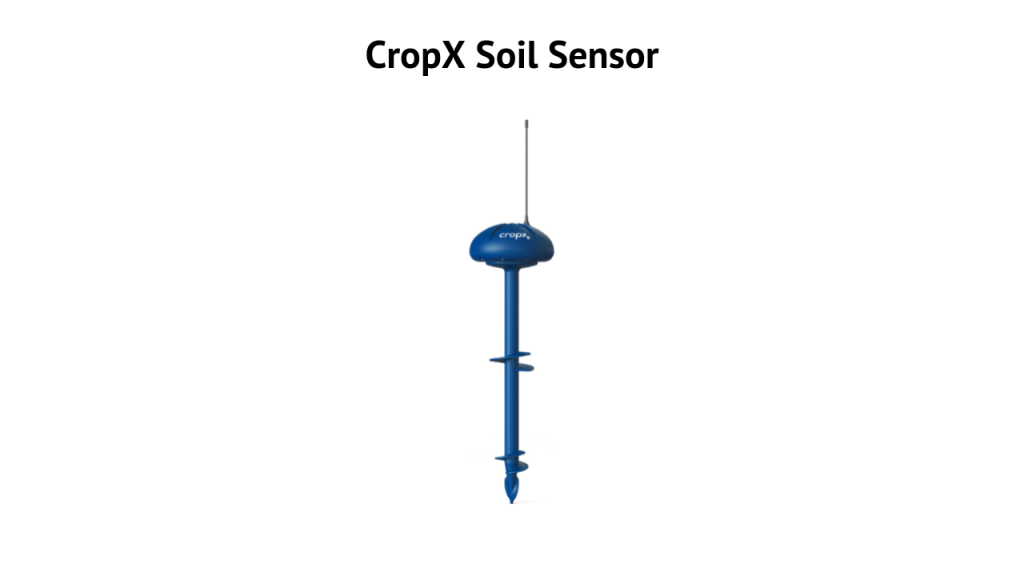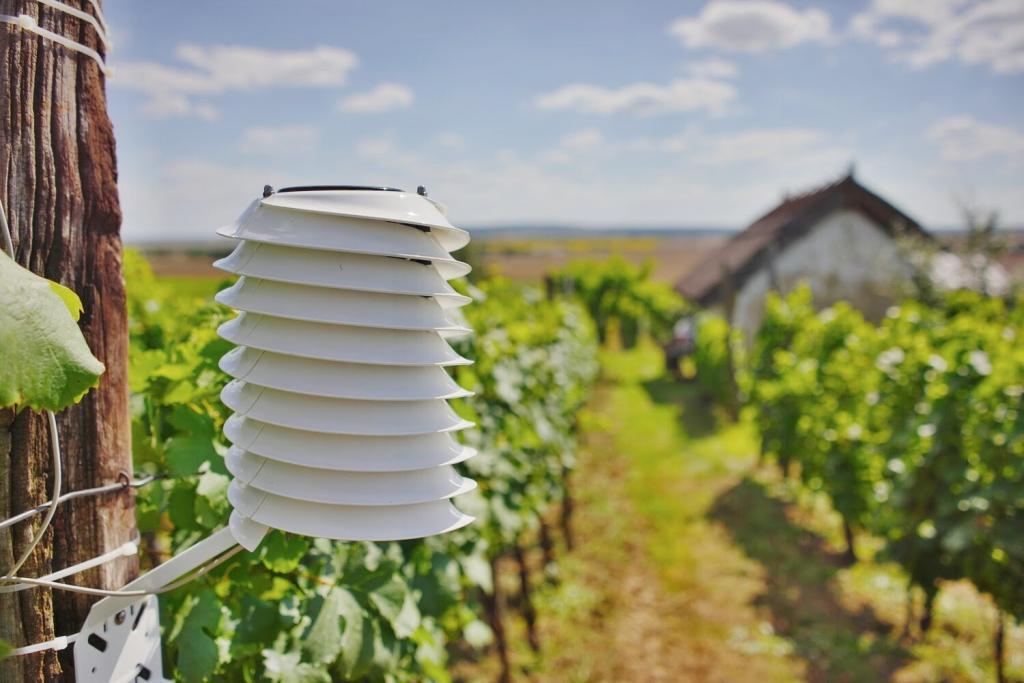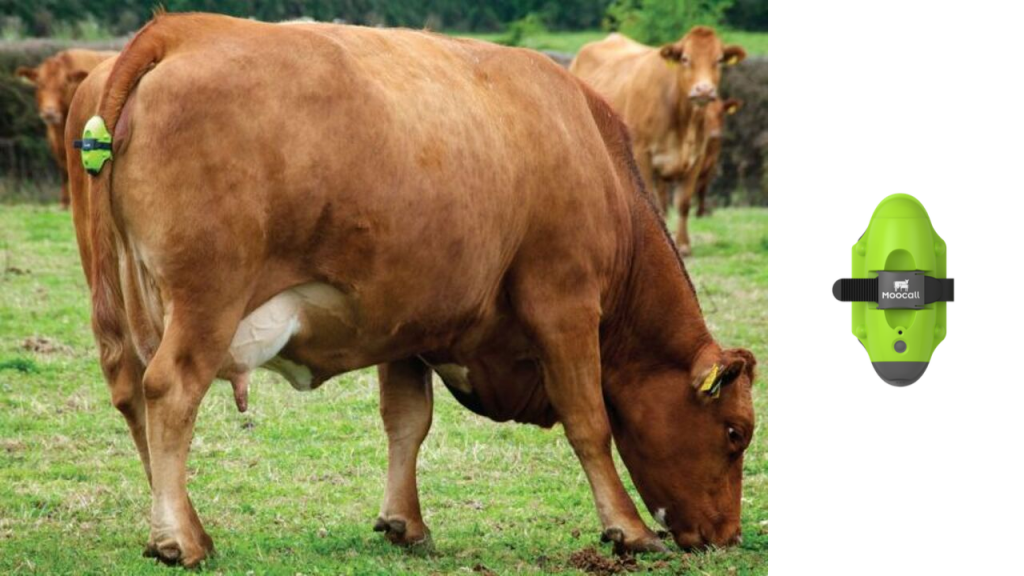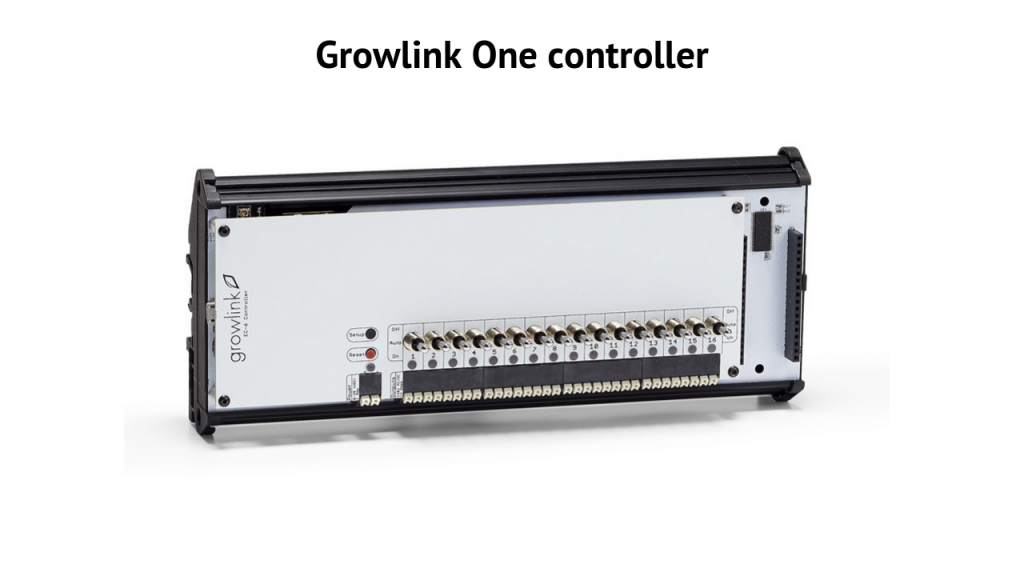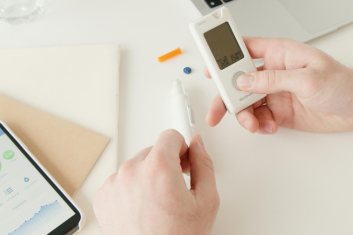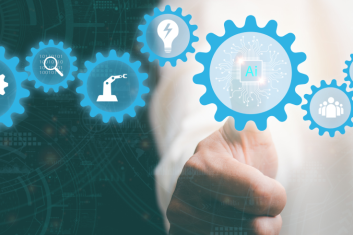We have already covered the concept of the Smart Farm — the result of the Internet of Things technology being applied to agriculture. Today we will dive a bit deeper into how the IoT platform streamlines farming.
Given the complexity of the farming sphere, we can divide the implementation of IoT in agriculture into four fields:
- Precision farming;
- Precision livestock farming;
- Greenhouse automation;
- Agricultural equipment automation.
Each of these has peculiarities that require different types of IoT devices to track and process data.
Precision Farming Solutions Aim for an Agile Approach
IoT-driven agriculture is all about making smarter and more precise decisions, using insights that could not have been acquired before.
Crop fields can be equipped with sensors to monitor weather conditions and soil composition, for example, those manufactured by CropX. The gathered data can be further analyzed to determine the most suitable soil type for different crops.
CropX soil sensor
In addition, Artificial Intelligence–based analysis can give advice on how to optimize soil, which fertilizers and pesticides to use, and how to use irrigation most efficiently.
Climate tracking devices can measure temperature, as well as track the dew-point, wind, and precipitation: rain, hail, and snow. With that information, it is easier to predict weather change and react accordingly.
MeteoHelix IoT Agro sensor. Source: AllMeteo
Precision Livestock Farming Makes Looking After Cattle Easier
Smart farming solutions are valuable in cattle management as well. A variety of small, compact devices can be put on animals to monitor their health condition and location.
Health-monitoring devices reveal their value over time. For instance, sensors can monitor the heart rate, blood pressure, and body temperature of animals and send those measurements to a data center that analyzes them to determine if the animal is healthy.
Movement data can help detect whether the animal is healthy as well; it may be moving too much or too little. Location-tracking devices can help farm operators figure that out.
Want to Build a Smart Farm Solution?
Our pofessional development team is ready to start your project.
Aleksandra Golik
Head og Sales
at HQSoftware
If an animal is sick, the individual can be separated from the rest of the cattle to keep the disease from spreading. Also, the software can advise on effective treatment. In many cases, the disease can be tracked before it affects the animal’s well-being, making it easier to treat.
A company called Moocall makes the Internet of Things tech that can monitor a cow’s fertility. Moocall Breedmanager helps farmers look after pregnant cows. A device can detect oncoming labor and send an alert. There is also a mobile application that helps manage pregnant animals.
Moocall Calving Sensor
Iot Agriculture Projects Automate Greenhouses
The great advantage of greenhouses is that they provide better conditions for sensitive crops, allowing them to grow in a wide variety of areas. The issue is with being able to constantly adjust interior conditions to optimize growth, and this is where connecting smart machines can help.
For example, a simple greenhouse keeps the air temperature higher than it is outside to help sensitive crops grow. But if the air temperature outside rises significantly for any reason, the temperature in the greenhouse could rise even higher, killing the crop.
Automated greenhouses are packed with IoT devices that allow the farmer to monitor the conditions inside and adjust as needed.
Powered with a set of sensors, controlling devices, and firmware to manage the whole thing, the greenhouse becomes a more agile tool. Now the farmer can easily control heating and cooling, ventilation, CO2 levels, lighting, shading, and many more factors contributing to the growth of the crops.
A company named Growlink provides equipment for greenhouses meant to extend the growing season. The technology provided with analyzing yields and figuring out ways to improve efficiency and decrease crop loss.
Growlink One Controller
A huge variety of adjustable options makes it possible to grow any type of vegetables and fruit all year round. In the process, the farmer can collect data on crops and greenhouse conditions to learn which growing techniques are most effective.
Expense management also gets easier: IoT solutions allow for an in-depth study of exactly how much water, light and fertilizers are needed for the best yield. This ensures that no resources are wasted.
Agricultural Equipment Automation Streamlines Harvesting
Farmers are now starting to adopt technology that lets them engage as few people as necessary in the process of irrigation, planting and harvesting crops.
Self-driving tractors, equipped with tons of cameras, sensors, and other devices, mean fewer human workers are needed to run farming operations.
Vasil Tarasevich
CTO
at HQSoftwareOne of our clients had hay gathering equipment that was operated by workers. The client turned to us, wanting to automate the whole process and minimize human involvement. Our developers built a solution that allowed the farmer simply to press a button to have the loading arms on the tractor grab the hay and load it on the trailer. As the hay was loaded, the valves moved it to the end to free up space for the next batch. The process of unloading hay to the storage area was automated as well.
Essentially, the technology is similar to that of self-parking systems in cars: IoT devices help the onboard computer gather information about its surroundings and use Artificial Intelligence to calculate the route.
Apart from using GPS, such tractors communicate with a set of sensors that are installed throughout the field, helping it to build the route and preventing the tractor from damaging the crop rows. The solution helps minimize human error while decreasing labor expenses.
Bear Flag Robotics is manufacturing self-driving tractors that can be driven both manually and autonomously. The farmer can also control a fleet of tractors remotely, plan optimal routes, receive real-time alerts, and automate tractor operations.
Bear Flag Robotics autonomous tractor
Bottom Line
Agriculture is recognizing the benefits of smart farming solutions. As technology advances, connected farms will help maximize profits, reduce material loss, and make the farm the safest working environment possible.
Today farmers can use the Internet of Things solutions to figure out the best ways of growing crops by identifying the best soil composition, irrigation patterns, and the most suitable fertilizers and pesticides.
Farm operators can take better care of animals, using IoT sensors to monitor the condition of individual animals to keep them healthy and happy.
IoT-driven agriculture also makes greenhouse farming more flexible than ever before. Conditions in the greenhouse can easily be adjusted to suit the needs of crops, making year-round farming not only possible but also resource-efficient.
Automated equipment also helps to minimize human error and prevent farm injuries, since dangerous and labor-intensive tasks can be performed by machines.

HQSoftware Founder
Having founded the company in 2001, uses his broad knowledge to drive the company forward. Ready to share his wisdom on software development and technology insights
Related Posts
View All
We are open to seeing your business needs and determining the best solution. Complete this form, and receive a free personalized proposal from your dedicated manager.

Sergei Vardomatski
Founder

